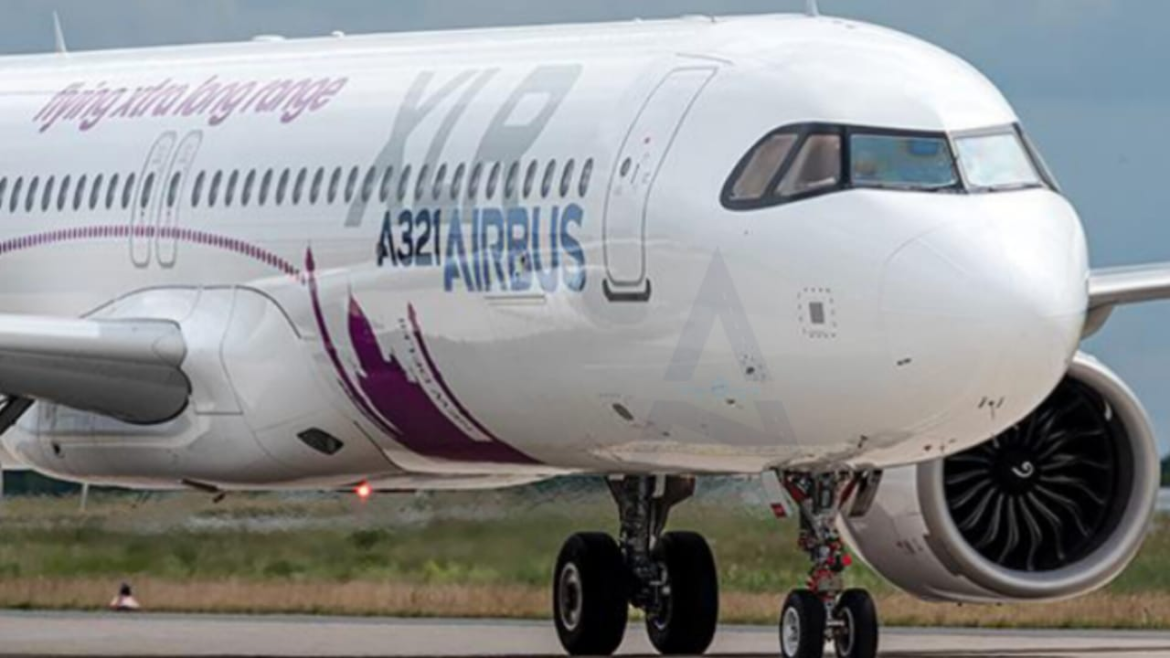The impending arrival of the Airbus A321XLR has sparked anticipation and speculation within the aviation industry, as this innovative aircraft promises to disrupt traditional long-haul networks. With its extended range and efficiency, the A321XLR is set to redefine air travel by offering airlines unprecedented flexibility and cost-effectiveness in serving long-distance routes.
Designed as a longer-range variant of the popular A320neo family, the A321XLR boasts a range of up to 4,700 nautical miles, making it capable of connecting previously unserved city pairs directly. This capability eliminates the need for larger, wide-body aircraft on certain long-haul routes, thereby reducing operating costs and improving profitability for airlines.
The A321XLR’s arrival is expected to challenge the dominance of traditional wide-body aircraft on long-haul routes, such as the Boeing 787 and Airbus A350. By offering comparable range and lower operating costs per seat, the A321XLR appeals to airlines seeking to optimize capacity and route profitability in a post-pandemic recovery phase.
The aircraft’s configuration allows airlines to tailor their fleet strategies to meet evolving passenger demand and market conditions. Its efficiency in fuel consumption and maintenance further enhances its appeal, enabling airlines to operate profitably on thinner long-haul routes that were previously economically unviable.
Airbus has already garnered significant interest and orders for the A321XLR from global airlines, underscoring its potential to reshape the competitive landscape of long-haul travel. The aircraft’s versatility positions it as a game-changer for airlines looking to expand their network reach, enhance route profitability, and improve overall fleet efficiency.
As the aviation industry prepares for the A321XLR’s entry into service, stakeholders are evaluating its impact on market dynamics, passenger experience, and airline profitability. The aircraft’s innovative design and operational capabilities are set to redefine long-haul travel, offering passengers more direct connections and airlines greater operational flexibility.
In conclusion, the Airbus A321XLR’s imminent debut represents a paradigm shift in long-haul aviation, promising to disrupt traditional networks and redefine airline strategies worldwide. As airlines embrace this transformative aircraft, the industry anticipates a new era of efficiency, connectivity, and profitability in global air travel.

